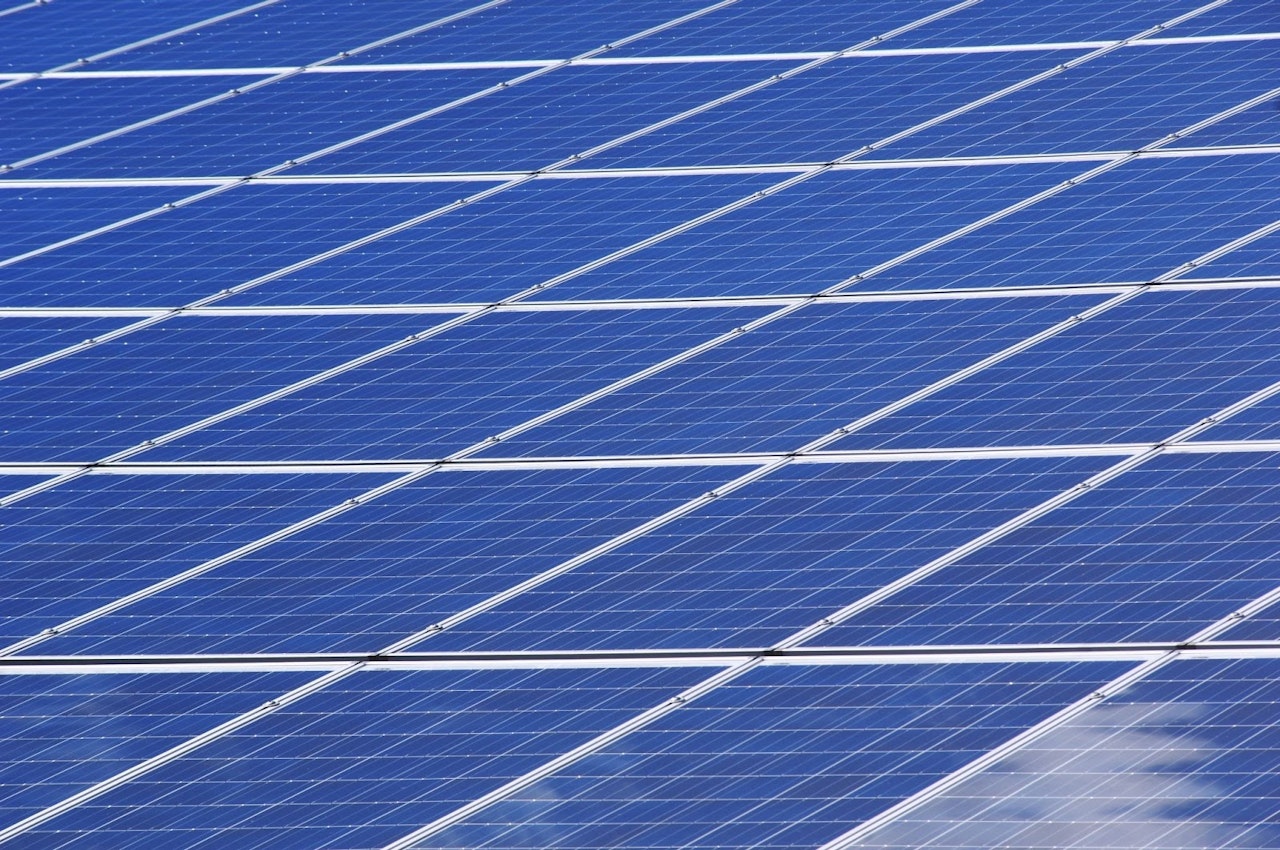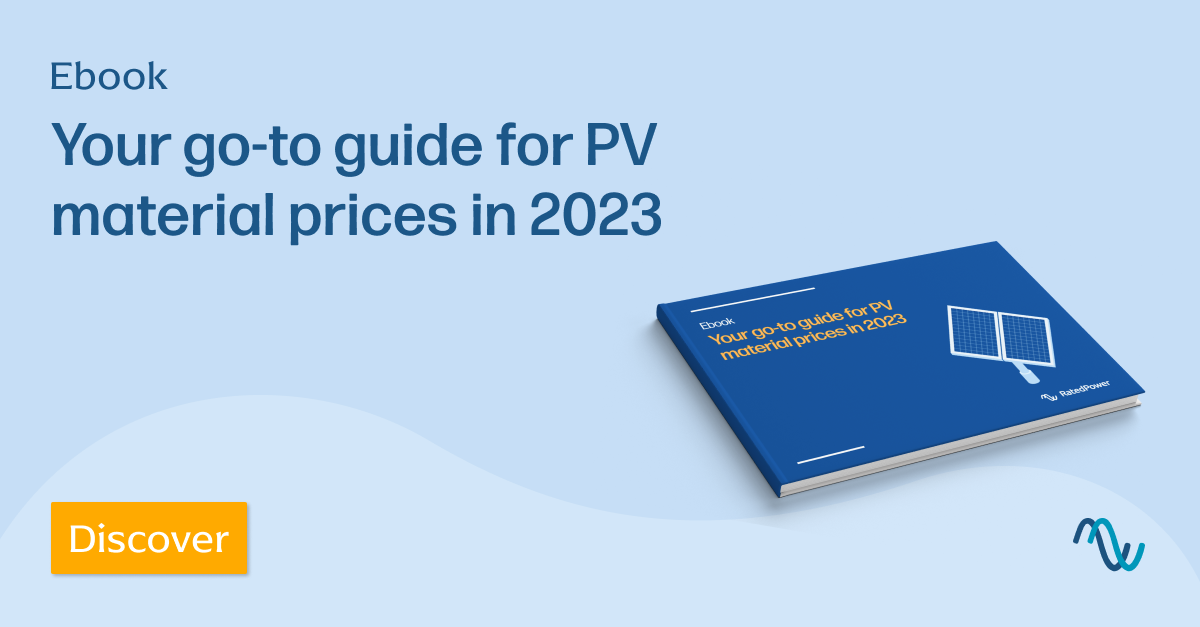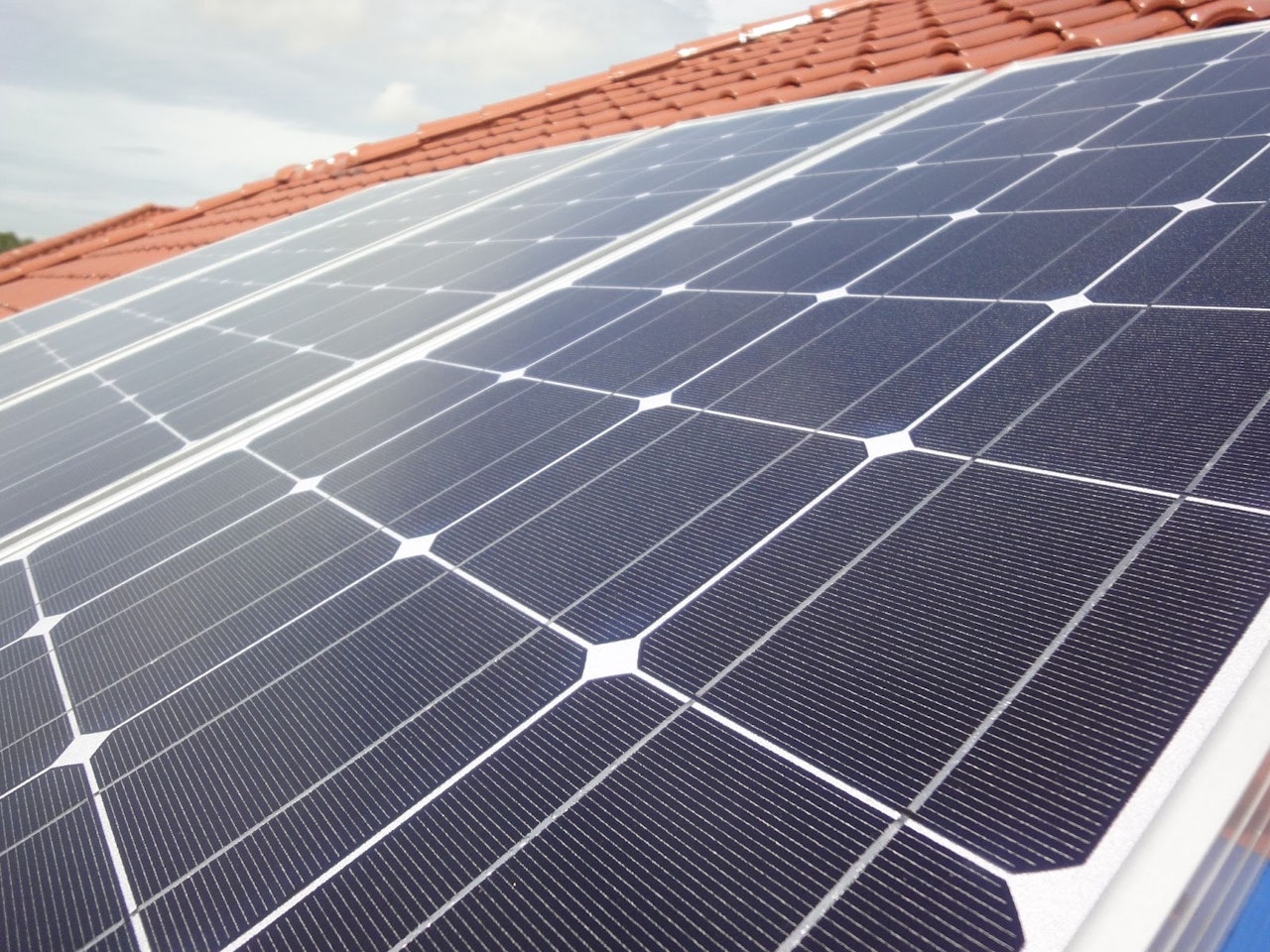- Solar energy blog
- Solar module manufacturers: how to differ in a crowded market
Solar module manufacturers: how to differ in a crowded market


Laura Rodríguez
Business developer
Laura is a renewable and software industry sales professional, currently working at RatedPower as Sales Overlay in North America & Territory Manager Oceania. With a background in International Business and International Trade, Laura previously worked in the business strategy area in various companies as well as as a market analyst for the Government of Spain in Australia.

Content
There has been much debate in the solar industry over the years as to whether photovoltaic (PV) solar modules differ enough to be considered a commodity. While high-quality solar panels have reached mass production scale, there are some ways that panels produced by different manufacturers can stand out in a crowded market.
Let’s consider some of the ways that manufacturers can differentiate their products to their advantage.

Materials
Silicon metal has long dominated solar power technology thanks to its relative abundance, efficiency, and low market pricing. But as silicon-based technologies are coming up against their maximum theoretical efficiency limit of around 29%, developers are turning to alternative materials to innovate.
As more countries around the world make the switch to renewables, higher solar panel efficiencies and lower costs make solar technology accessible to more places.

Explore the outlook for PV material prices in 2023 and how market factors have affected costs with this free eBook.
Thin-film
Thin-film solar cells are lightweight and can be used in integrated building materials such as solar roof tiles. The thinness of the layers in the panels enables them to produce more energy in shaded areas and during times when there is low light.
Thin-film technologies use either a copper-indium-gallium-diselenide (CIGS) compound in the cell, or cadmium-telluride (CdTe), which is used by US-based manufacturers. CdTe offers high absorption that is optimal for converting sunlight into energy and cells can be produced at a low cost. CIGS also offers a tandem design and a protective buffer layer as well as high absorption.
Perovskites
Researchers are also developing cells based on perovskites, which are a group of materials with the same crystal structure as calcium titanium oxide. Developers are combining perovskites with silicon cells to create a high-efficiency, low-cost alternative to conventional silicon modules.

Technological advances
The development of solar technologies is also enabling manufacturers to produce different types of PV panels with advantages over the most common designs.
Bifacial panels
Solar PV panels have typically been monofacial, with cells that convert the light that shines on the front of the panel into energy. But bifacial panels are becoming more popular, as they also produce energy from light reflected on the back side. That means systems can generate more electricity, or they can produce the same amount of energy with fewer panels, making them more efficient and cost-effective.
HJT modules
Heterojunction (HJT) cells, a hybrid of silicon and thin-film technologies offering increased efficiency and reliability, are not new. The technology was first developed by Japanese firm Sanyo during the 1990s. But expiring patents have allowed more companies to develop their own cells based on the technology. The HJT process is shorter than traditional production and uses less energy, reducing costs as well as the manufacturer’s carbon footprint.
TOPCon
Tunnel‐oxide passivated contact (TOPCon) is the next generation of technology from silicon-based Passivated Emitter and Rear Cell/Contact (PERC) modules. Manufacturers can upgrade their production lines from PERC to TOPCon, requiring lower investment than switching to a different technology. TOPCon adds an ultra-thin layer of silicon oxide and a layer of polysilicon to increase cell efficiency.
Chinese solar equipment maker LONGi announced in June that it had achieved a record of 25.19% for positively charged (p-type) TOPCon cell conversion efficiency. That came only a month after it broke the previous record of 25.09%.
Gapless design
Austrian module manufacturer Energetica is producing solar modules with gapless technology, which overlaps half cells to remove the empty spaces between them and optimize the amount of energy produced from the module area. Its design has an efficiency of up to 21.4%.
Logistical capabilities
Solar panel manufacturers in certain parts of the world can differentiate themselves based on logistics. Chinese manufacturers are located close to suppliers of raw materials including silicon, gallium and indium, reducing their production costs. They are also close to some of the world’s largest solar power projects in China and Southeast Asia.
In the US, some module manufacturers have benefited from the US government’s introduction of tariffs on imports of Chinese solar modules, offering a lower-cost domestic alternative.
A push towards supply chain diversification in the wake of disruptions caused by the COVID-19 pandemic and record-high shipping costs, also favors suppliers who are located closer to their customers’ project sites.
Price
Manufacturers can also compete on the price of their panels. Chinese companies have dominated the market by scaling up production volumes and reducing panel prices.
Conversely, manufacturers can charge higher prices for panels with higher efficiencies. Over the long term, these panels can still result in a higher return on investment, with the payback of the installation cost over a shorter period.
Recycling
The transition to decarbonization is raising questions about the carbon footprint of full product life cycles, and leading companies to address what happens to waste solar panels.
German company Rinovasol, which specializes in refurbishing or recycling used solar panels, will open a plant in Spain this year to repair defective modules, certify and sell them with a five-year guarantee. If they cannot be repaired, they will be recycled. Rinovasol has developed a process to coat the modules with a polymer that Rinovasol has developed based on a material used in aviation and the military.
The German unit of French waste services firm Veolia is leading a €4.8 million research project to develop a highly efficient process for recycling solar modules that will recover all the components for reuse, including high-purity silicon and silver. The ReProSolar initiative will process around 5,000 tons of solar modules annually in a demonstration plant by 2023.

How solar module manufacturers may stay competitive in a crowded market
As experts in pv modules, we’ve witnessed firsthand how manufacturers across the globe are differentiating themselves in the solar industry.
"The differentiating factor between photovoltaic modules lies in their price, logistics and availability. Beyond that, they can increasingly be considered a commodity. Even though there is a price difference between monofacials, bifacials and thin film."
Natalie Opie
As the discussion of modules as a commodity rises, it’s time to take a closer look at your product and processes. And, that’s where we can help...
Optimize your solar installation with RatedPower
If you are developing a solar project, one way to differentiate your company is by using RatedPower platform to optimize the planning and operations. Contact us today to find out how.
Latest stories
Related posts
Technology and engineering
Innovation in renewable energy: Developments expected in 2025
We look at the 10 biggest renewable industry developments that are making a green future possible, including perovskite solar cells, green hydrogen, and more.
Updated 18 MAR, 25

Market analysis
Breaking down solar farm costs: Free template inside
Updated 27 SEP, 21

Market analysis
Solar energy in Australia: a 2021 market analysis
Updated 11 MAY, 21

- RatedPower
- Solar energy blog
- Solar module manufacturers: how to differ in a crowded market
